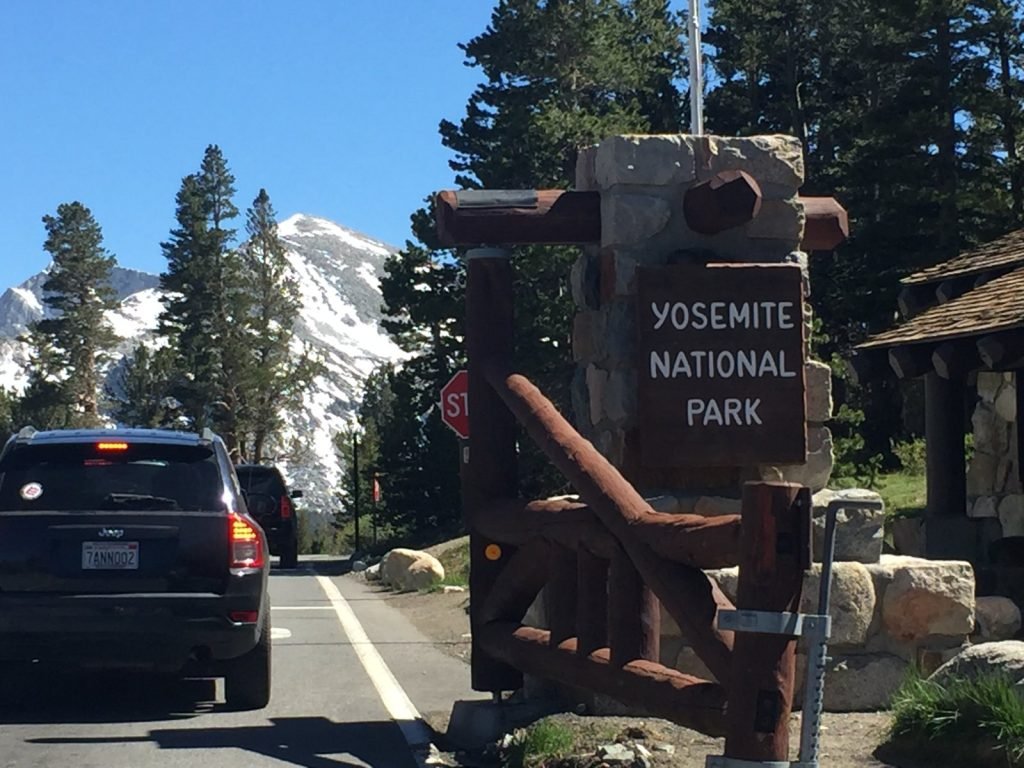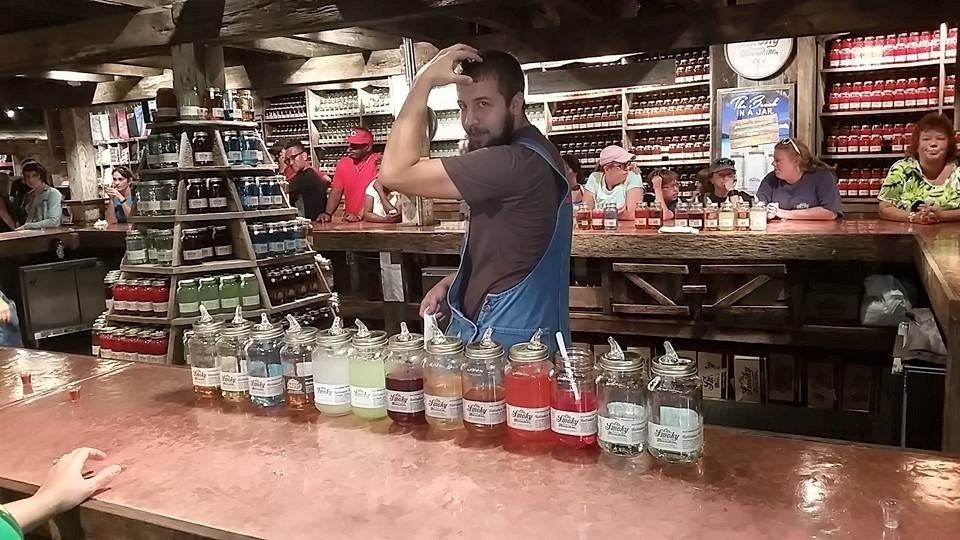As we have visited so many popular National Parks over the years, we’ve noticed a few common tricks that will have you touring any National Park like a pro. They are in no particular order.
Avoid Peak Season
As teachers we generally have four times a year that we can travel, Thanksgiving Week, Christmas Break, Spring Break, and Summer Vacation. Those are of course the most common times for every family with kids to travel too and therefore the National Park system is at its most crowded. Yellowstone has double the number of visitors during June, July, and August than the rest of the year combined. Labor Day and Memorial Day weekends are the busiest in any park, state parks included. If you are lucky enough to avoid those times, we highly recommend it. Many parks have special restrictions in place during peak times, such as closing roads to private vehicles and utilizing shuttle systems. This actually may be to your advantage but we have waited in long lines at the end of the day to get back out of the park, which leads us to…

Start Early
During peak summer days in the parks out West such as Zion or the Grand Canyon, the days get hot and temperatures can often top 100º. In Eastern and Southern parks, temps may not be as hot but if you’ve ever hiked in 90% humidity you know that it might even be worse than the dry heat of Zion. By entering the park in the 6 or 7 AM hour, not only do we beat the heat, but also the crowds.

Visit Midweek
If you have to visit during peak seasons, try to plan your park time for midweek. While still busy, some parks estimate that as many as 40% of all park visitors enter on the two days of the weekend. The more remote the park, the less fluctuation there is between weekdays and weekends, but in parks close to major cities such as the Great Smoky Mountains or Olympic, weekends can be crazy.

Get Out of the Parking Lot
Getting out of the parking lot may sound obvious, but only 3.5% of the 11.3 million visitors to the Great Smoky Mountains in 2016 walked more than 1 mile from parking lot. With more than 800 miles of trails, you don’t have to walk far to get away from a crowd, even on a busy day. The numbers vary for other parks, but the trend is the same, most people drive in, stop for a scenic view, and keep moving.

Attend a Ranger Program
Other than nature itself, the National Park Service Rangers are the greatest resource in the Park system. Only 5% of Grand Canyon visitors attended a range program 2013. In most parks, topics may include wildlife, stargazing, photography, history, and more. Depending on the park, Rangers also lead hikes, trail rides, boat tours, and even backpacking adventures. Even if you don’t attend a program, if you are lucky enough to run into a ranger in the park, stop and talk to them. They can always answer questions, recommend activities, or give advice. Many have been stationed at other parks too so ask about their favorites.

Visit the Gateway Cities and Support the Local Economy
Almost every National Park has at least one gateway city to visit. With restaurants, hotels, and shopping, these towns not only provide you with the things that will make your trip memorable, but they are the backbone of the local economy. Plus talking to the locals is a great way to find out about off the beaten path spots in the park. We would have never visited the out of the way Twin Arch in the Northern segment of Zion had it not been for the recommendation of a local at a restaurant in Springdale. As a result, on a busy summer weekend, we took a full day hike and only ran into a few other hiking parties along the Twin Arch trail.

Visit the Lodge
Many national parks have historic visitor centers or lodges that are an attraction unto themselves. National Park lodges offer more than grand views, most feature gourmet food, extra access, and luxurious interiors. El Tovar opened in 1905 as a Harvey House and has been named a National Landmark. The Crater Lake Lodge may be missing the amenities of telephones and TVs in the rooms but the views of the deepest lake in the US more than make up for it. The LeConte Lodge in the Great Smokies lacks electricity and plumbing but after a 5-8 mile hike (depending on the route you choose), the group dinner and sunset over the mountains are all the entertainment you need (but there are board games available in the public rooms. The list of amazing sites goes on and on so even if you don’t spend the night, stop by for a meal, snack, or drink.

Be Prepared
Do a little research before you go to know what to expect when you’re visiting. All parks now have great websites that list recommended activities, hours, best times to visit, and more. Once you arrive, go to a visitor’s center and pick up a park guide, talk to the rangers, and make a plan to best enjoy the park. If you are planning to hike or participate in other strenuous activities, have appropriate footwear and clothing layers, bring plenty of water and snacks, sunscreen and bug spray, and any other required equipment. If you’re lucky, being unprepared can make for simply an unpleasant experience, but there are dozens of stories where being unprepared resulted in a deadly adventure. If you have any doubts about your abilities on any park experience, opt for safety, ask for advice, and don’t plan more than everyone in your party can handle.

Leave No Trace
Don’t be the person who ruins the park for future visitors. Leave No Trace is a set of guiding principals that anyone who experiences the outdoors should follow. From the national organization’s website, the Seven Principles are:
- Plan Ahead and Prepare
- Travel and Camp on Durable Surfaces
- Dispose of Waste Properly
- Leave What You Find
- Minimize Campfire Impacts
- Respect Wildlife
- Be Considerate of Other Visitors

Don’t Rush
Few National Parks can truly be enjoyed in less than a few days. Planning for a longer stay will deepen not only your appreciation for the nature around you, but allow you to take in everything that a region has to offer. Stop. Look, Listen. Smell, Hug a tree. Lay on the ground and watch the stars or the clouds. Wait for an animal to appear. America’s Best Idea is here for all of us to enjoy, what are you waiting for?

Where is your favorite National Park? Leave us a comment below and make sure you subscribe to see our new content each week.

0 Comments